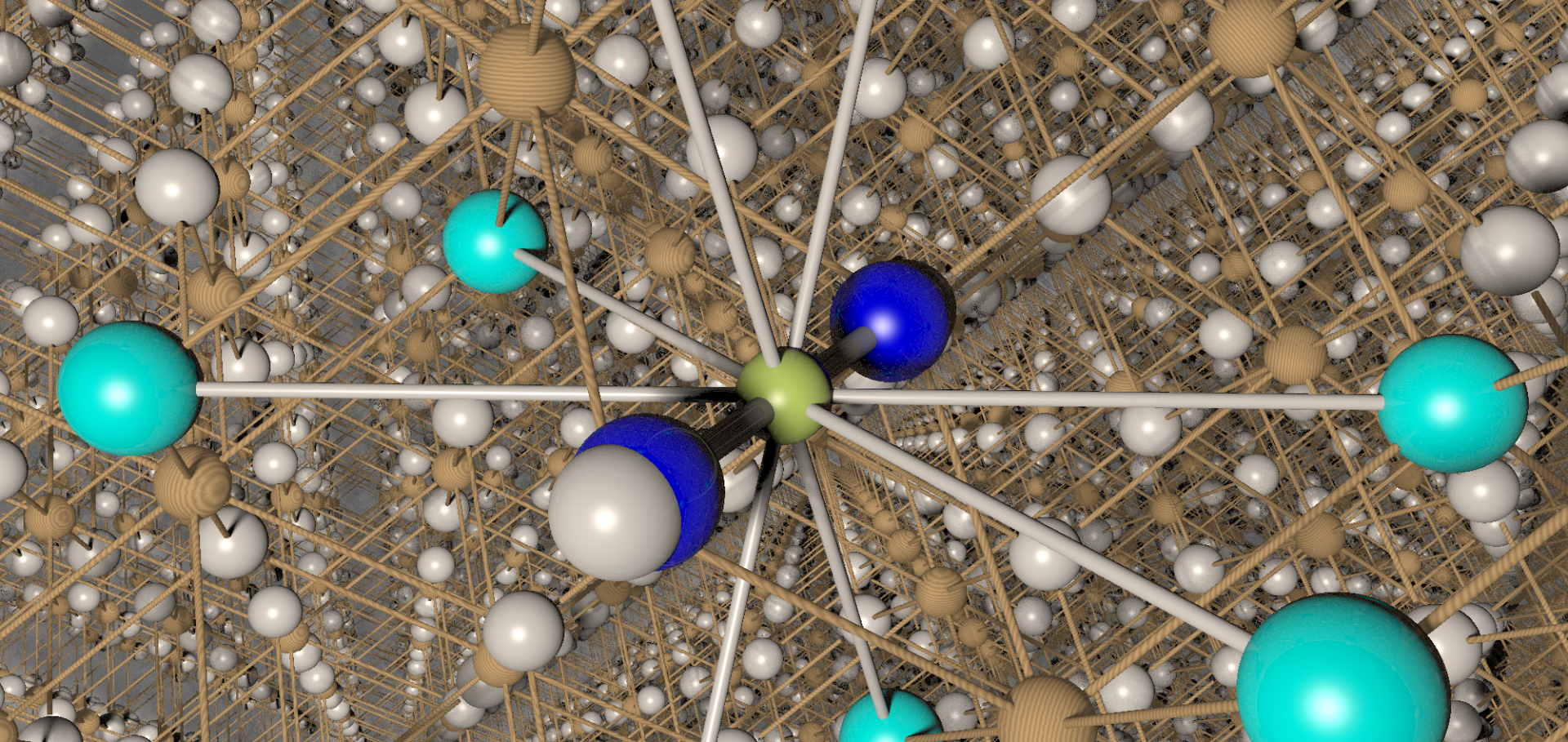Chiral-like critical behavior in the antiferromagnet cobalt glycerolate.
Phys Rev Lett 99:1 (2007) 017202
Abstract:
Critical exponents closely matching those of the N=2 chiral universality class have been obtained for the layered magnetic system cobalt glycerolate using muon spin relaxation. This class was originally introduced to represent geometrically frustrated triangular stacked-layer XY magnets with chiral noncollinear spin structures. Since the present magnetic system is a canted XY system without geometrical frustration or chiral degeneracy, the results indicate that the order parameter for canting in this system plays a similar role to the chiral order parameter in the geometrically frustrated systems, strongly suggesting that both types of noncollinear system share the same universality class.Magnetism in geometrically frustrated YMnO_3 under hydrostatic pressure studied with muon spin relaxation
Physical Review Letters 98 (2007) 197203 4pp
Magnetism in the high-Tc analogue Cs2AgF4 studied with muon-spin relaxation
(2007)
Separation of energy scales in the kagome antiferromagnet TmAgGe: A magnetic-field-orientation study up to 55 T
Physical Review B - Condensed Matter and Materials Physics 75:9 (2007)


